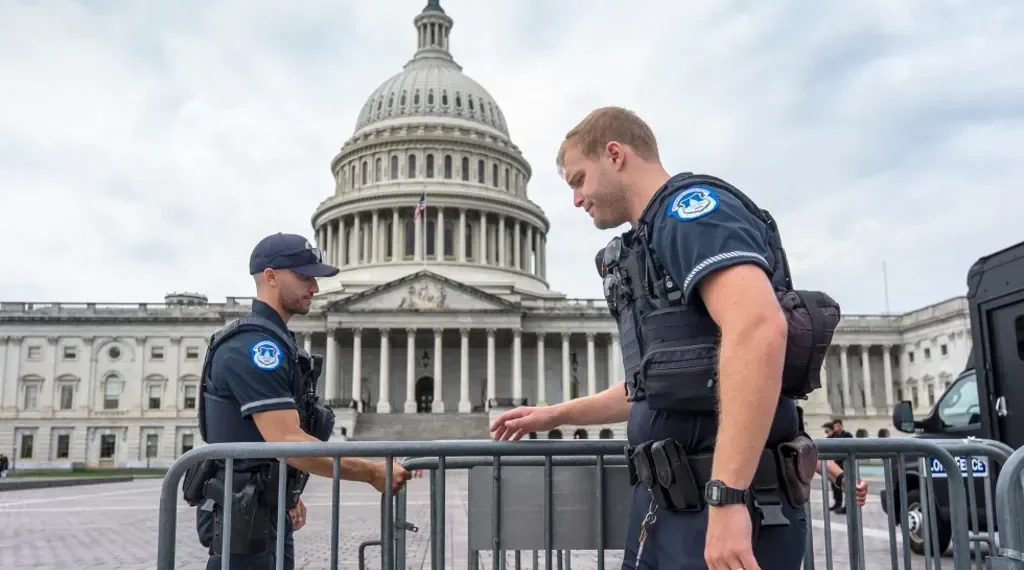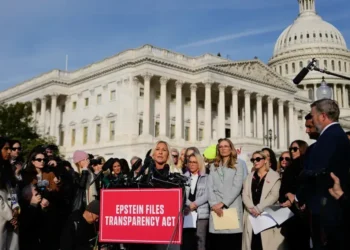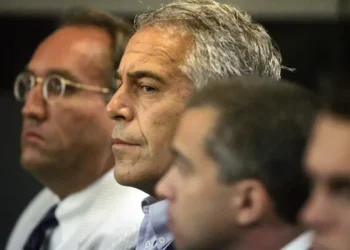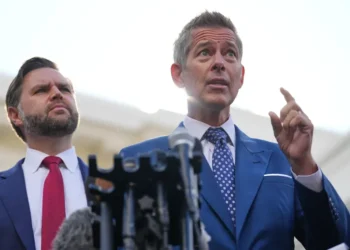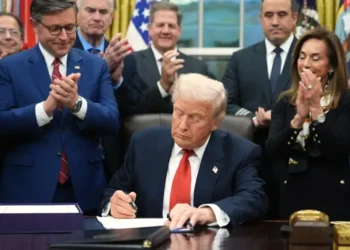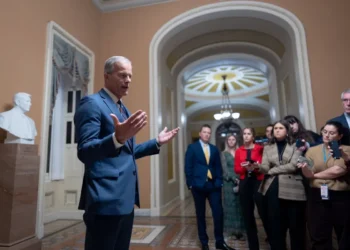White House Budget Office Directs Federal Agencies to Prepare Mass Firings in Case of Shutdown
Published: September 25, 2025, 15:00 EDT
The White House budget office has instructed federal agencies to prepare for possible mass layoffs if the government shuts down next week. In a directive released Wednesday evening, the Office of Management and Budget (OMB) said agencies must plan for reductions in force—permanent job cuts—rather than temporary furloughs, a step that would mark a significant departure from past shutdown practices.
The move comes as negotiations over government funding remain stalled, with Democrats opposing a Republican-backed short-term spending bill supported by President Donald Trump.
What the OMB Memo Says
According to the OMB guidance, federal programs that lose funding and are “not consistent with the President’s priorities” could see job eliminations rather than temporary suspensions. Unlike furloughs, which allow employees to return once funding is restored, a reduction in force eliminates positions outright.
The memo states that once a potential shutdown ends, agencies must adjust their staffing plans “as needed to retain the minimal number of employees necessary to carry out statutory functions.” The directive signals that even after funding is resolved, many federal employees could face lasting consequences.
OMB officials said they held an initial planning call with agency leaders earlier this week and requested updated “lapse plans” by August 1. Some agencies have already submitted plans, while others have yet to comply.
A Break from Past Shutdown Procedures
Historically, government shutdowns have resulted in temporary furloughs of nonessential workers, with employees returning to their posts once Congress restored funding. The latest OMB directive represents a more aggressive approach, raising the stakes for federal workers already impacted by recent rounds of cuts.
The Trump administration has previously pursued workforce reductions through the Department of Government Efficiency and related initiatives. If carried out, the new plan could represent one of the largest shake-ups in recent federal employment history.
Political Response from Democrats
Democratic leaders immediately denounced the OMB directive. House Minority Leader Hakeem Jeffries dismissed the plan as intimidation, writing on social media platform X: “We will not be intimidated by your threat to engage in mass firings. Get lost.” He also labeled OMB Director Russ Vought a “malignant political hack.”
Senate Minority Leader Chuck Schumer echoed those concerns, calling the directive “an attempt at intimidation” and predicting that any mass firings would either be overturned in court or reversed by future hiring.
Both leaders have resisted Republican efforts to pass a “clean” funding bill that would extend government operations for seven weeks. Instead, Democrats are demanding immediate changes to health care policy, including an extension of enhanced insurance subsidies and the reversal of Medicaid cuts enacted in the GOP’s tax and spending legislation.
The Stakes in the Shutdown Debate
The standoff has placed significant pressure on Congress as the deadline approaches. If lawmakers fail to reach an agreement, large numbers of federal employees could lose not only their paychecks but their jobs altogether.
In its memo, OMB accused Democrats of holding up a funding bill “due to their partisan demands.” It also emphasized that the administration’s recent tax and border security package ensures that “many core Trump Administration priorities will continue uninterrupted,” even in the event of a shutdown.
By preparing for permanent job losses, the administration appears to be increasing political leverage in negotiations while signaling its willingness to reshape the federal workforce.
Broader Implications for Federal Workers
Federal employees have already faced major disruptions this year due to previous cuts. The possibility of reductions in force adds another layer of uncertainty. Unlike furloughed employees, those subject to a reduction in force may face a lengthy reapplication process or lose their federal service status altogether.
Labor experts warn that large-scale layoffs could affect not only federal workers but also the delivery of essential public services. Agencies tasked with health, safety, and security functions could face reduced staffing levels, even if “essential” roles are preserved.
What Comes Next
As the deadline looms, negotiations remain at an impasse. OMB has not posted public contingency plans on its website, a step prior administrations typically took during shutdown preparations. This lack of transparency has drawn criticism from lawmakers and watchdog groups.
The immediate future of the federal workforce depends heavily on whether congressional leaders can reach a funding agreement. With Democrats demanding health care reforms and Republicans pushing for a straightforward extension, the path forward remains uncertain.
For now, agencies are under pressure to finalize their staffing reduction plans, while federal employees await clarity on whether they face temporary furloughs or permanent job losses.
This article was rewritten by JournosNews.com based on verified reporting from trusted sources. The content has been independently reviewed, fact-checked, and edited for accuracy, neutrality, tone, and global readability in accordance with Google News and AdSense standards.
All opinions, quotes, or statements from contributors, experts, or sourced organizations do not necessarily reflect the views of JournosNews.com. JournosNews.com maintains full editorial independence from any external funders, sponsors, or organizations.
Stay informed with JournosNews.com — your trusted source for verified global reporting and in-depth analysis. Follow us on Google News, BlueSky, and X for real-time updates.
